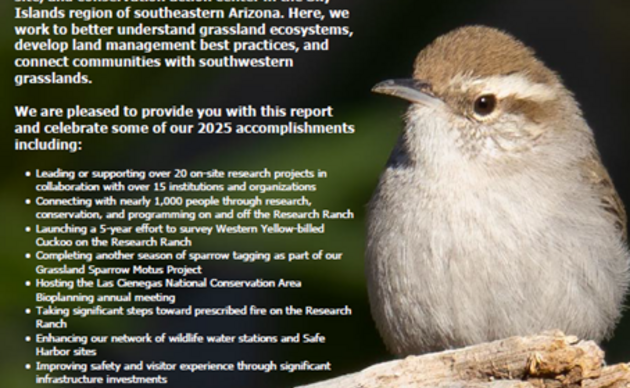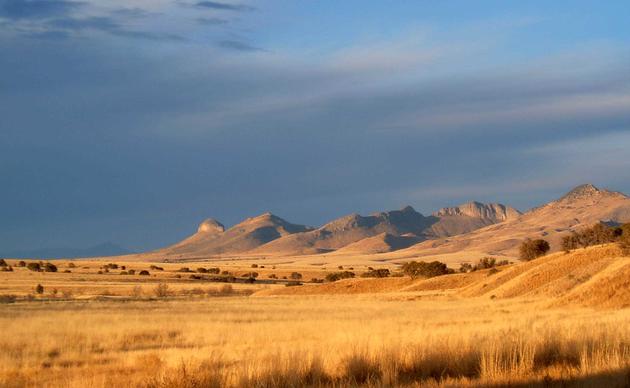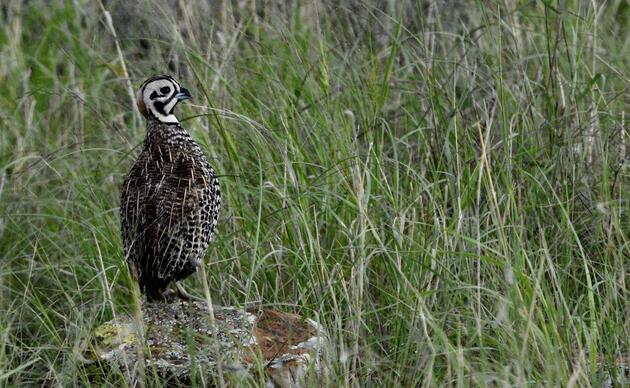Richard K. Simpson - Animal Behavior Ph.D. Candidate
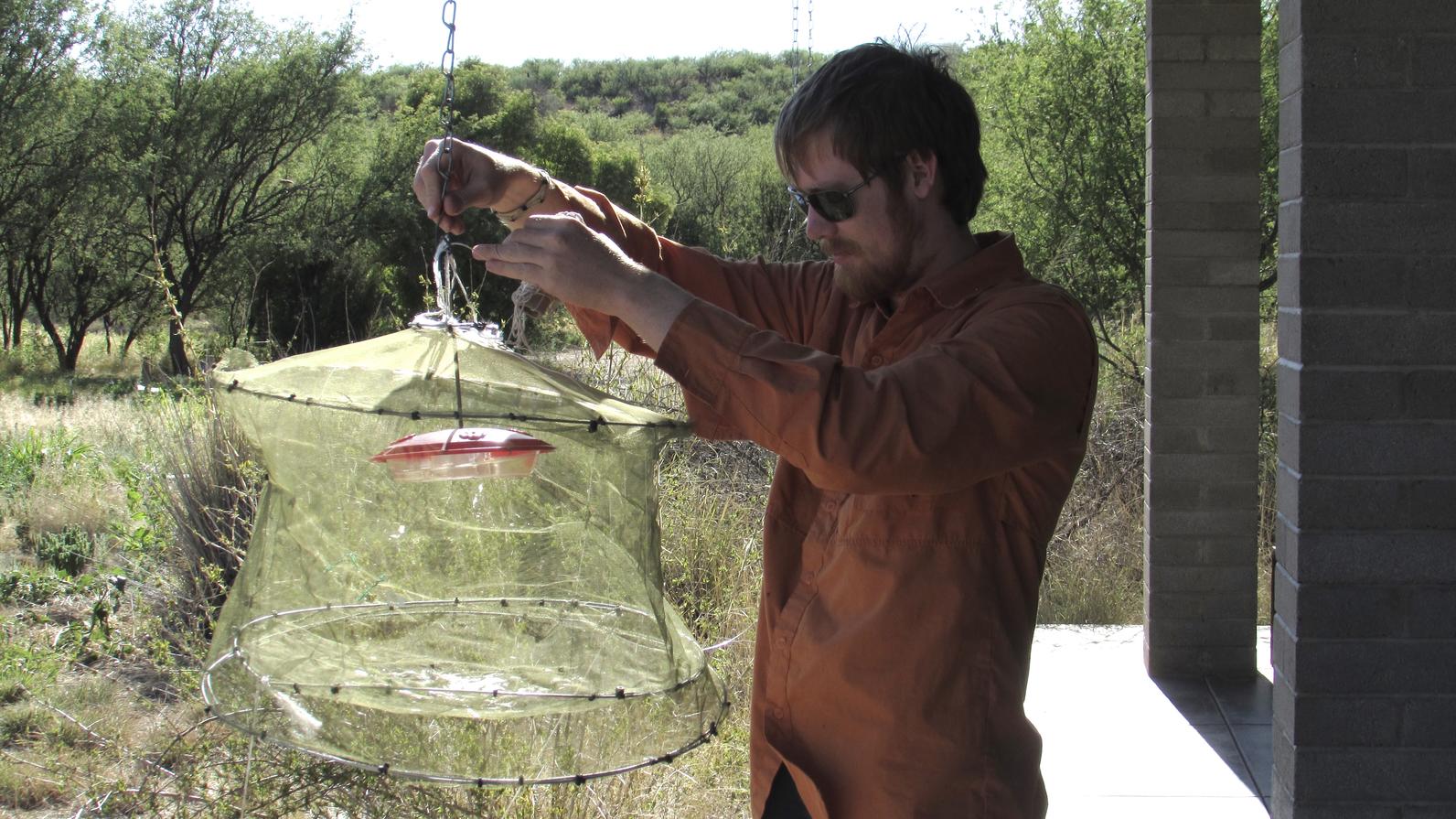
Rick Simpson is a comparative behavioral ecologist interested in animal communication, signal diversity, and visual ecology. His research focuses on understanding why animals use multiple signals to communicate and how such a diversity in animal signals evolved. He is currently a 5th year Animal Behavior Ph.D. candidate at Arizona State University, where he is studying the evolution of hummingbird coloration and courtship displays. Hummingbirds showcase some of the most brilliant colors in the animal kingdom and possess almost every color under the rainbow. These colors are primarily iridescent meaning they are angle-dependent structurally based colors. The angle dependence of iridescent coloration allows hummingbirds to drastically change their appearance through their courtship displays, where they can change how they position and orient themselves relative to the sun and female they are courting. Rick is working to understand how iridescent coloration and behavioral displays co-evolved with each other and the environment. While at the ranch he is focusing on black-chinned hummingbirds.
To learn more about Rick and his work, you can visit his webpage: https://rksimpson9.wordpress.com
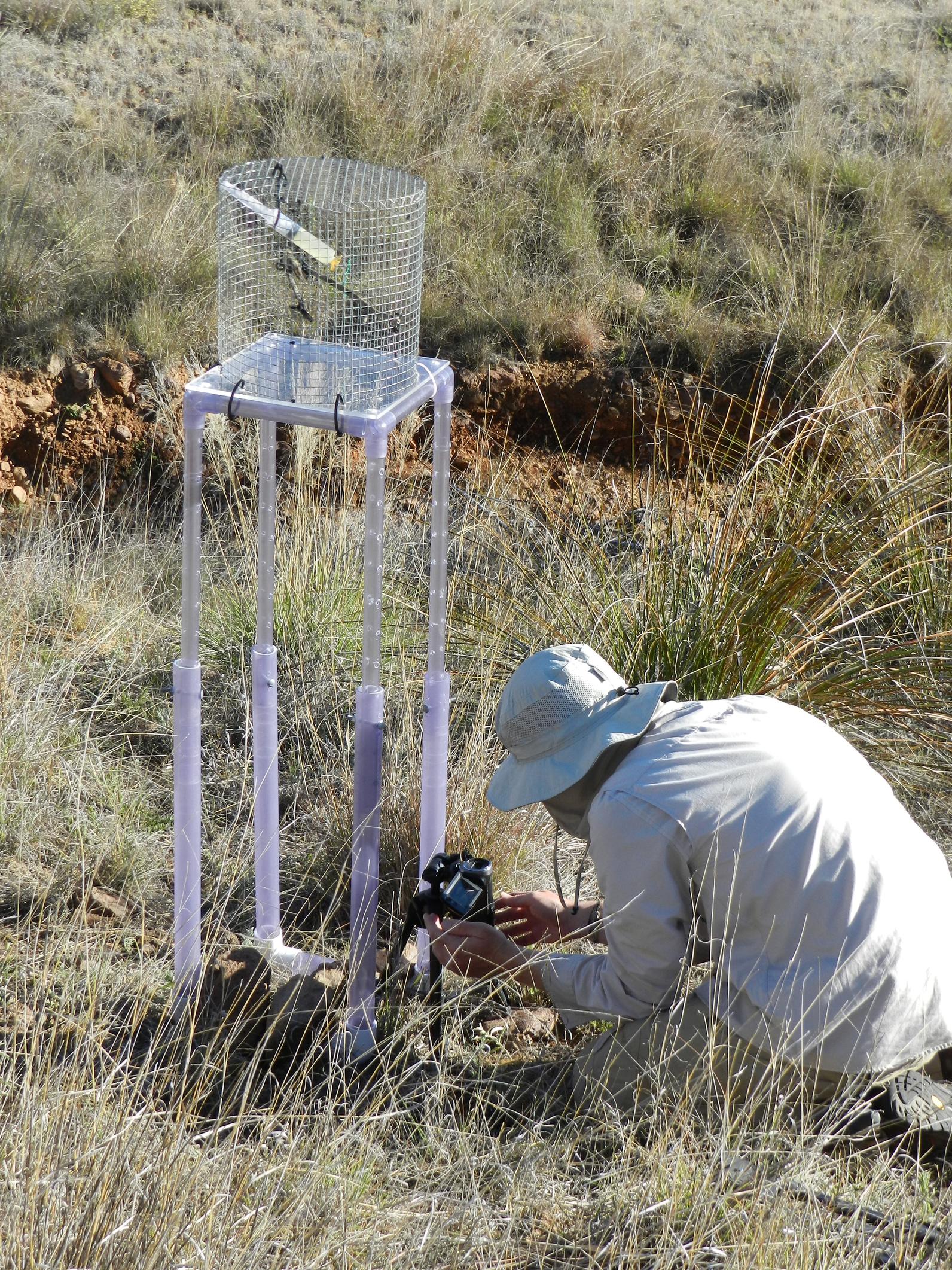
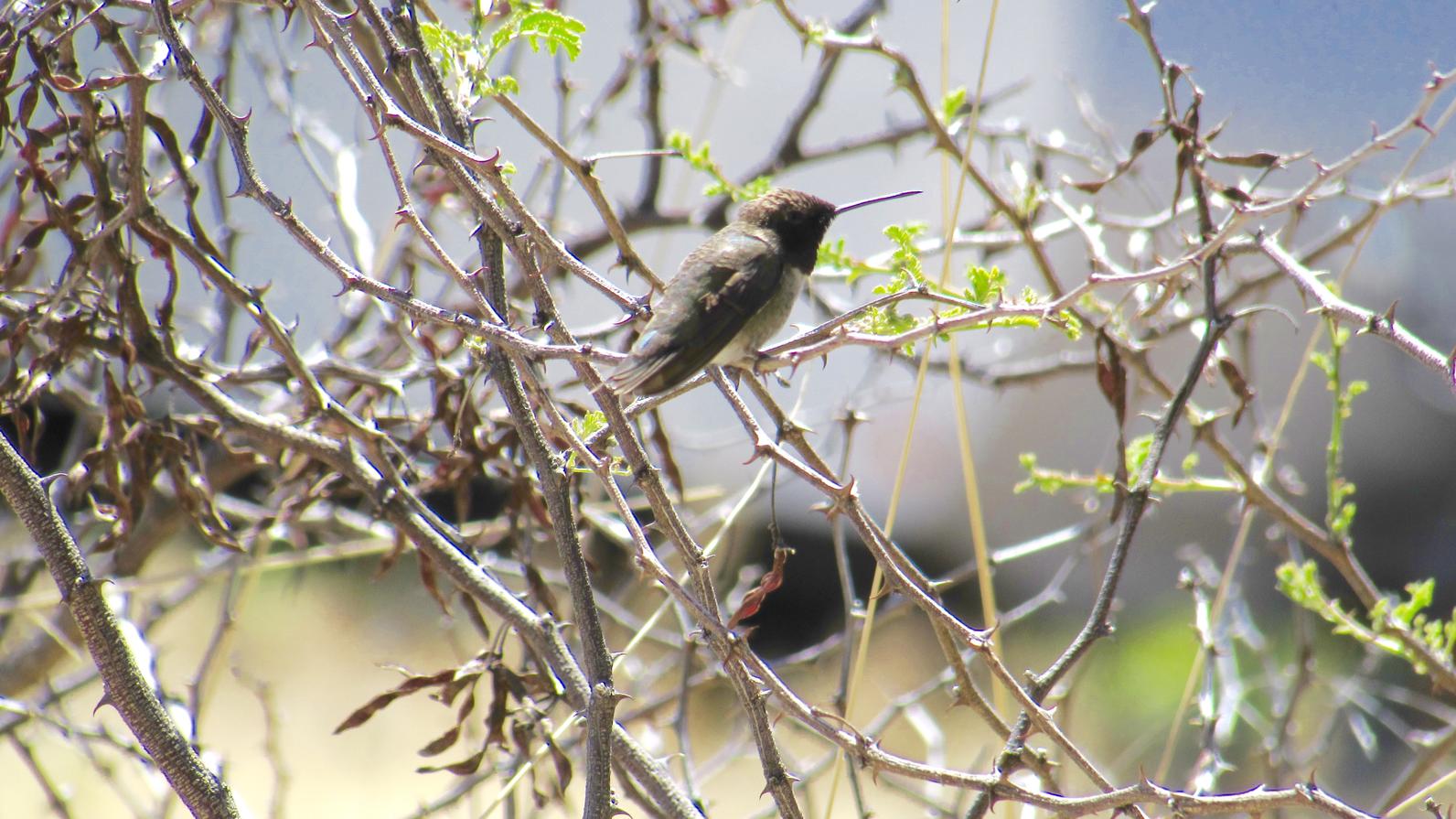
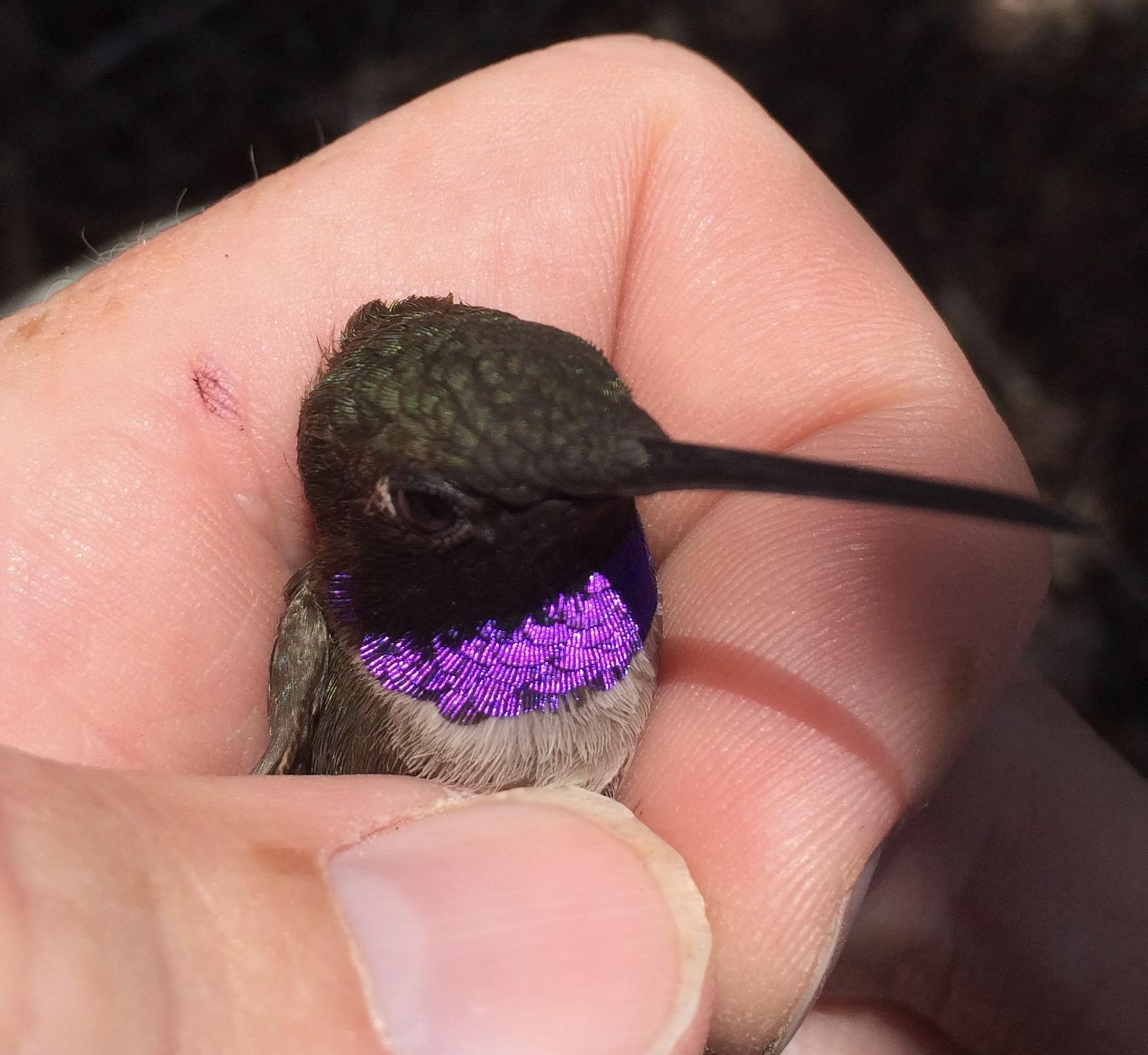
How you can help, right now
AWRR 2024 Annual Report
Do you ever wonder what keeps us busy on the Research Ranch? Dive in to learn more!
Donate to the AWRR
Donate today and help us continue our work furthering conservation science, engaging people with birds and their habitats, and improving habitat here on the AWRR. Every dollar counts!

